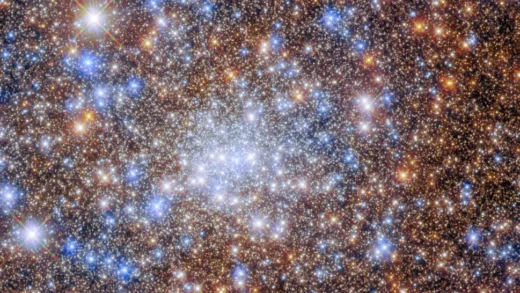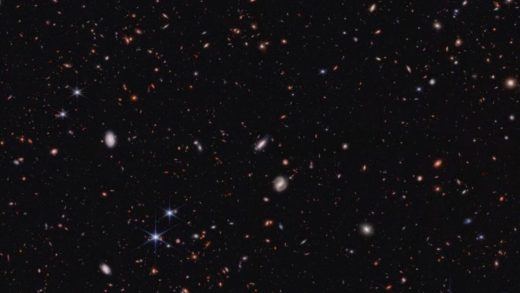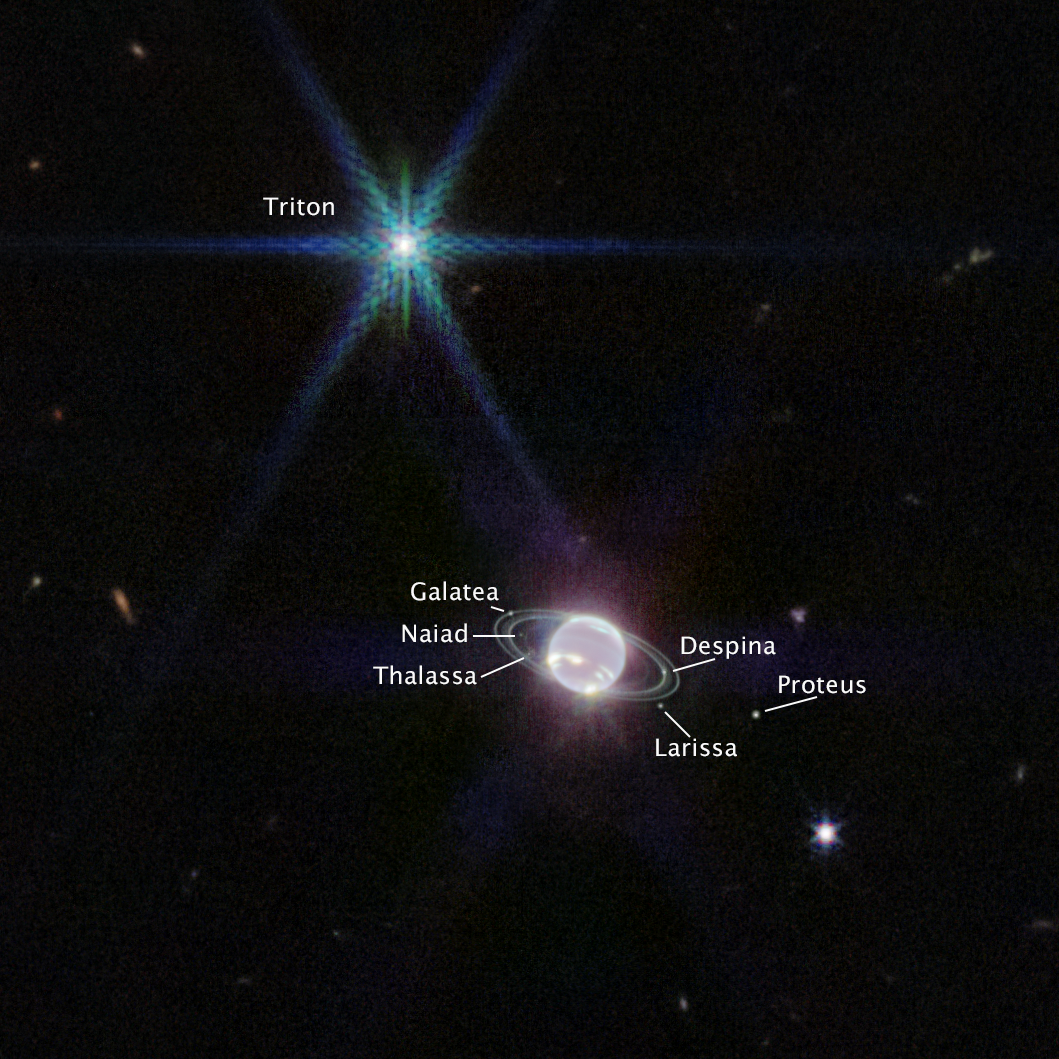VLBA produces a 3-D view of binary star-planet system

A binary star is made up of two stars orbiting around their center of mass. A visual binary requires the stars to be relatively far apart and have very long orbital periods in order to be visible.
Astronomers using the VLBA have produced a full, 3-D view of a binary star system with a planet orbiting one of the stars.
The Very Long Baseline Array (VLBA) has already had a lot of impact in astronomy, from settling the controversy over the distance to the Pleiades, to mapping the spiral arms of our galaxy, and even observing the rotation of an asteroid passing near Earth.
So, astronomers have found a Jupiter-like planet orbiting a nearby star that is one of a binary pair by carefully following a tiny, almost undetectable wobble in the star’s passage through space. Their work generated the first-ever determination of the whole, three-dimensional structure of the orbits of a binary pair of stars and a planet circling one of them. Courtesy – Very Long Baseline Array (VLBA), National Science Foundation.
Fun fact: Some binary stars orbit black holes.
Binary stars are of immense importance to astronomers as they allow the masses of stars to be determined. Astronomers can then study how these masses affect their orbits and also the possible habitability of their planets.
The new achievement, the 3-D view of binary star-planet system, promises important new insights into the process of planet formation. Furthermore, it provides a stunning demonstration of the resolving power of the Very Long Baseline Array (VLBA), which is a system made up of ten radio-telescope antennas.


